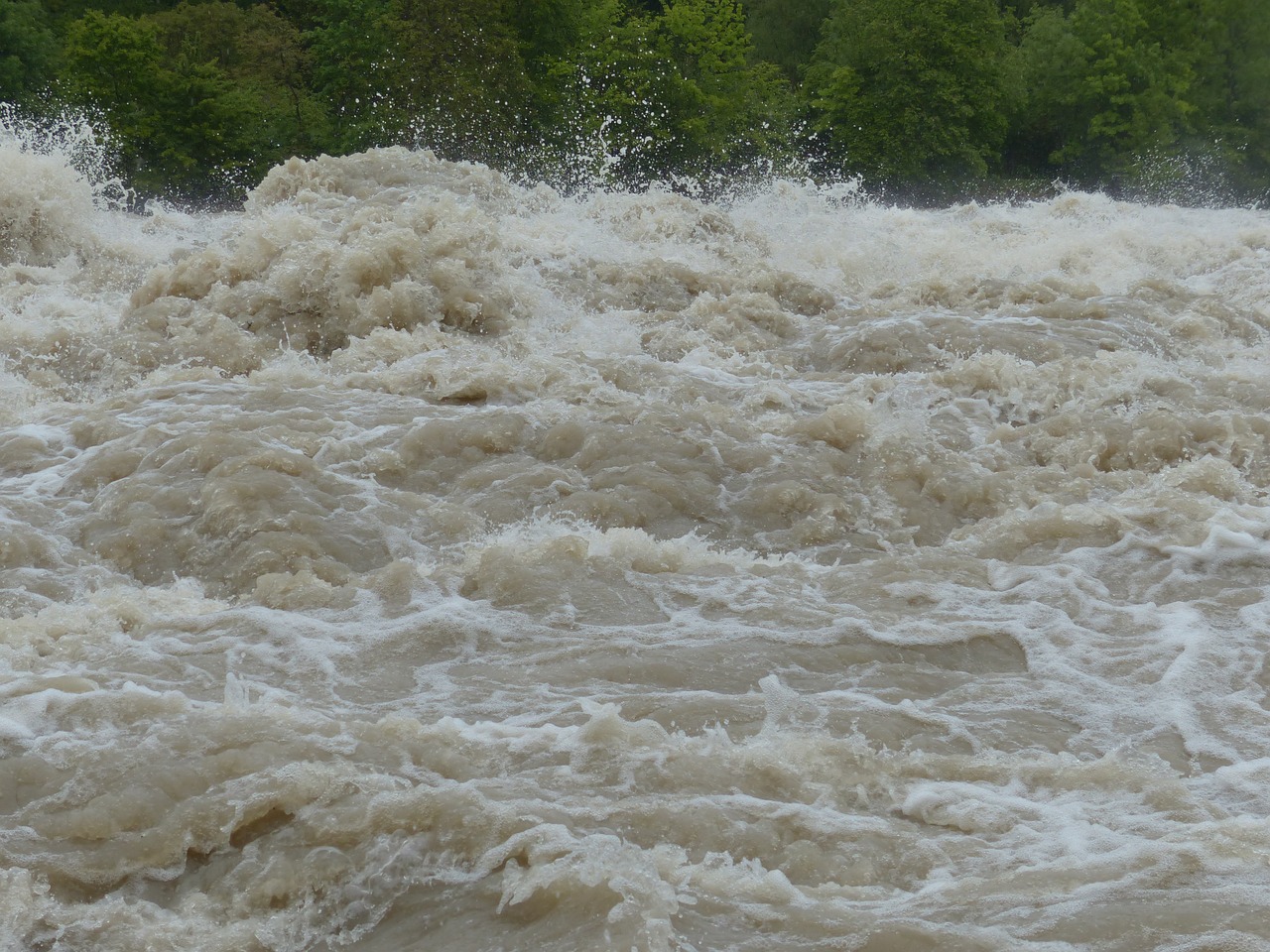Climate resilience in the UK’s built environment is becoming increasingly critical as climate change intensifies risks that threaten communities, infrastructure, and economic stability. Both urban and rural areas are experiencing more frequent and severe weather events—such as flooding, extreme heat, and coastal erosion—creating an urgent need for strengthened resilience.
The UK government’s commitment to achieving net-zero emissions by 2050 requires not only a reduction in emissions but also robust climate adaptation measures to protect the built environment from escalating threats. With a combination of aging infrastructure, dense urban centres, and diverse regional vulnerabilities, building resilience requires strategic and proactive adaptation. Recent updates to the National Planning Policy Framework (NPPF) and evolving standards around climate adaptation emphasise making resilience a priority, especially for at risk and aging assets.
This is a summary of a roundtable delivered in partnership between Constructing Excellence and the Construction Clients Leadership Group, which identified key challenges and explored practical solutions, to lay a foundation for future resilience of the built environment across the UK. This roundtable offered a collaborative forum for addressing these pressing challenges and exploring innovative approaches to build a resilient built-environment that can support both current and future needs.

The Cinderella of Climate Action
Whilst action on climate change mitigation is widely understood and prioritised across organisations, adaptation to future climate is still under-valued or even ignored. Most organisations have targets and action plans in place for becoming carbon neutral, with clear trajectories on the elimination of direct (scope 1) and indirect (scope 2 & 3) emissions. Clients are increasingly including targets on carbon and net zero into contracts and investors are increasingly asking for green certification.
However, standards around resilience are not as prevalent and modelling is quite often based on outdated datasets. This often leads to a reactive approach to resilience and difficulties in making the case for proactive inclusion of resilience measures, despite various sources reporting a £2 to £15 return for every £1 invested in adaptation.[1],[2]
[1] https://files.wri.org/s3fs-public/uploads/GlobalCommission_Report_FINAL.pdf
[2] https://www.bcg.com/press/6december2023-climate-adaptation-resilience-financing

Systems Approach
Flooding in particular requires systems thinking and unfortunately this capability is not always readily available in the planning system. Dependencies and unintended consequences are a catchment level issue and cannot be dealt with in isolation. The owner of a flooded asset may not have control over the factors that influence flooding and water related incidents. For example, a change in land-use that involves the removal of trees, or the paving over of permeable ground, or maintenance schedules on adjacent land and water courses can increase the risk of flooding where none had previously occurred. Measures intended to mitigate climate risks can also have unintended consequences, e.g. vegetation blocking drains etc.
Proactive planning approaches and incentives can be useful in delaying the impact of storm water surges e.g. Smart Blue Green Roofs in urban areas (Climate Action Visit to ‘Smart’ Blue-Green Roof – Constructing Excellence). These impacts and solutions need to be dealt with at specific local levels given the range of local factors that influence of the severity of climate-related events. One participant reported an increase in things like wind gusts that aren’t picked up by weather models and can cause huge damage to buildings (and potentially risk to people).
There can be huge discrepancies between critical strategic assets and less strategic assets. For example, local roads are more likely to flood and overheat than the strategic road network but the impacts of disruptions on the strategic network are more severe.
Risk Management

There is increasing scrutiny at contracts stage around the impact of extreme weather events on project delivery and new insurance products are coming through to tackle this. Insurance does struggle as there is a lack of standardised process on climate resilience. Some funders are robust on the implementation of climate risk assessments but whilst TCFD is coming up the corporate agenda it is not as commonly applied as it should be.
People Aspects

There are huge health, safety, and wellbeing impacts of climate change, and resilience is critical to a safe and productive working environment. Unions are currently proposing a maximum working temperature and building sites are already looking at how they schedule works to prevent disruptions by extreme weather events and modifying working patterns to avoid working at the hottest times of the day as is done in warmer climates.
Likewise, back-office functions and operational estates are less likely to be adapted to climate change and this could have implications for health, safety and wellbeing.
Standards
Climate models and data are not keeping up with the pace of climate change. Assets designed for a mean peak summer temperature of 39 degrees are now having to be refurbished and future proofed to 45 degrees. The modelling around the frequency of events and tolerances are also outdated – one in 100-year events are much more frequent now and it takes a long time to accurately update the models that climate decisions are based on. Currently models are based on 2018 data and are in the process of being updated.
The inter-relationship of standards and regulations are important to consider, for example in housing, particularly apartments, balancing mechanical cooling with acoustic performance required by building regulation, is a challenge. This has cost and carbon implications for active cooling.
Unlike carbon there is no clear target when it comes to resilience, it is not a predictable absolute and is influenced by a range of complex factors making standards difficult to define.
Equally the UK lacks a common language around sustainability. There are numerous taxonomies emerging globally for ESG reporting, including an EU Taxonomy. The UK government has launched a consultation on the UK Taxonomy, this should provide clarity and consistency around ESG reporting.

Investment

Lack of maintenance increases the impact of extreme weather events, for example poorly maintained facades and roofs can increase the structural impact of water ingress. Particularly in public sector the backlog of maintenance issues is making it increasingly difficult to invest in future proofing and preventative measures that will save money in the long run.
Robust quantification on the impact of inaction on business disruption and productivity losses can unlock investment, this needs to be done in ways that financial decision makers can trust the data. There are many co-benefits of good resilience measures, for example the green roof on the Google building provides better air quality, cooling, biodiversity and amenity on top of providing surface water attenuation. Working with crisis management teams to model the implications of what could go wrong, and its impact could provide a clear investment case.
Moving it Forward
With increased frequency and severity of extreme weather events climate resilience can no longer be ignored. Constructing Excellence and Construction Clients Leadership Group will continue to work with our members to identify and share best practice, look at emerging technologies and solutions and influence the development of standards. Get in touch to help us shape this agenda.
Useful Sources of Information:
- https://www.theccc.org.uk/publication/uk-housing-fit-for-the-future/
- https://www.epa.gov/climateimpacts/climate-change-impacts-built-environment
- https://www.gov.wales/sites/default/files/publications/2022-12/evidence-briefing-resilience-of-buildings-challenges-associated-with-climate-change.pdf
- https://www.cisl.cam.ac.uk/system/files/documents/IPCC_AR5__Implications_for_Buildings__Briefing__WEB_EN.pdf
- https://climate-adapt.eea.europa.eu/en/eu-adaptation-policy/sector-policies/buildings
- https://www.unepfi.org/wordpress/wp-content/uploads/2023/03/Real-Estate-Sector-Risks-Briefing.pdf
- https://knowledge.uli.org/en/reports/research-reports/2022/climate-data-mandates-and-real-estate-investment-decisions
- https://americas.uli.org/impacts-of-climate-change-on-real-estate-highlight-need-for-a-better-understanding-of-risk-assessment-practices-says-new-report-from-uli-and-heitman/
- https://europe.uli.org/wp-content/uploads/2019/02/ULI_Heitlman_Climate_Risk_Report_February_2019.pdf
- https://heygrowthhub.com/2023/10/02/weathering-the-storm-how-climate-change-affects-building-material-choices/
- EU-level technical guidance on adapting buildings to climate change – Publications Office of the EU




